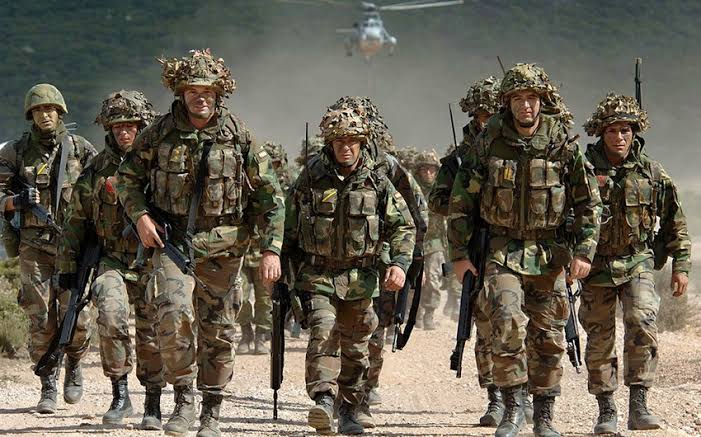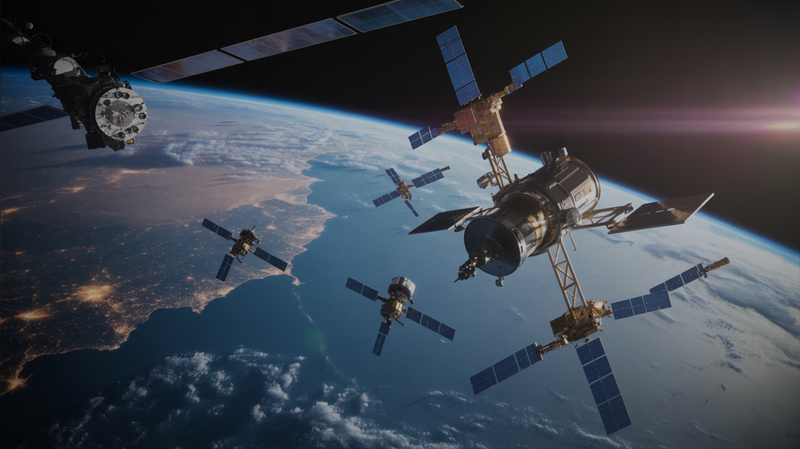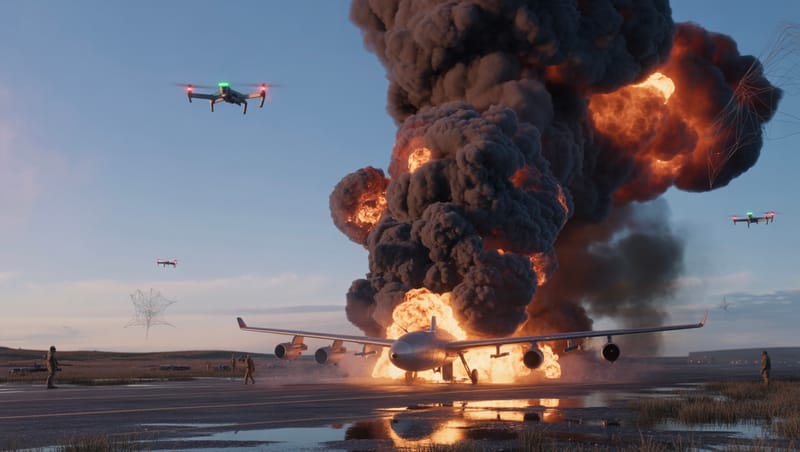NATO's Largest Defense Plan Since Cold War: A Look into the Alliance's Strategy and Russia's Response
July 15, 2023 Recent reports unveiled that the North Atlantic Treaty Organization (NATO) has prepared its most significant defense plan since the Cold War era. This development has emerged amid escalating tensions between the alliance and Russia. According to the German newspaper Bild, the defense plan, extending over 4,000

July 15, 2023
Recent reports unveiled that the North Atlantic Treaty Organization (NATO) has prepared its most significant defense plan since the Cold War era. This development has emerged amid escalating tensions between the alliance and Russia.
According to the German newspaper Bild, the defense plan, extending over 4,000 pages, includes the boosting of NATO's rapid reaction forces to a strength of 300,000 personnel. This figure signifies a remarkable increase from the current count of 40,000 troops.
In this arrangement, the defense of Eastern European countries will be delegated to more robust NATO members. Germany will be assigned the defense of Lithuania, Britain will cover Estonia, Canada will take over Latvia, and the U.S. will be responsible for Poland.
Another critical aspect of this plan is that the commander-in-chief of NATO forces in Europe will be endowed with the power to make certain decisions without requiring additional consultations with the alliance. Furthermore, Germany has been identified as the most significant logistical hub, with a second headquarters of NATO's ground forces to be established in Wiesbaden.
Under the new plan, NATO also aims to enhance the security of pipelines and other critical infrastructure, bolster heavy weapons units and air defense systems, and increase its stockpile of long-range missiles and artillery systems. Alliance members have pledged to boost their defense spending to at least 2% of their GDP.
The plan outlines the rapid deployment of the military personnel, with 100,000 troops ready to be deployed within ten days, forming the first echelon. The second echelon, which could take up to 30 days for deployment, will consist of the remaining personnel.
Russian officials have criticized NATO's plan, indicating that the alliance is reverting to Cold War tactics, characterizing the plan as a confrontation between "one billion" and "the other part of humanity". Furthermore, the presence of approximately 100,000 U.S. military personnel currently in Europe and increasing numbers in Poland and Germany exemplifies the militarization and potential offensive posture by NATO, albeit labelled as a purely defensive strategy.
Military experts have emphasized the gravity of the situation, indicating that NATO is readying for potential military conflict. With the enhancement of the NATO commander-in-chief's powers and the growing militarization of Eastern Europe, the alliance appears to be preparing for a possible large-scale conflict.
According to military expert Alexander Artamonov, Russia should switch from active defense to an offensive approach in response to NATO's plans. This strategy would include an increase in troop numbers and the targeting of significant logistic hubs of the Armed Forces of Ukraine (AFU), hindering enemy ammunition delivery to the front.
Additional air forces may be permanently based in Poland and the Baltics, where NATO's Rapid Reaction Group will be stationed. Finland is also contemplating the construction of a military base, and Romania and Greece, where opponent forces are already stationed, should not be overlooked.
In response to these perceived threats, Russia has already begun to take defensive measures, including creating military districts, forming new units, and ramping up recruitment for contract service.
Moreover, Russia has actively aided in the defense of Belarus, an ally, by stationing a military contingent in the republic, fortifying air defense systems, and even deploying tactical nuclear weapons. These actions, according to military expert Vasily Dandykin, are preparatory measures against possible NATO aggression.
The unfolding situation signifies a significant strategic shift in the international military landscape, and the world is closely watching the responses from both NATO and Russia.




